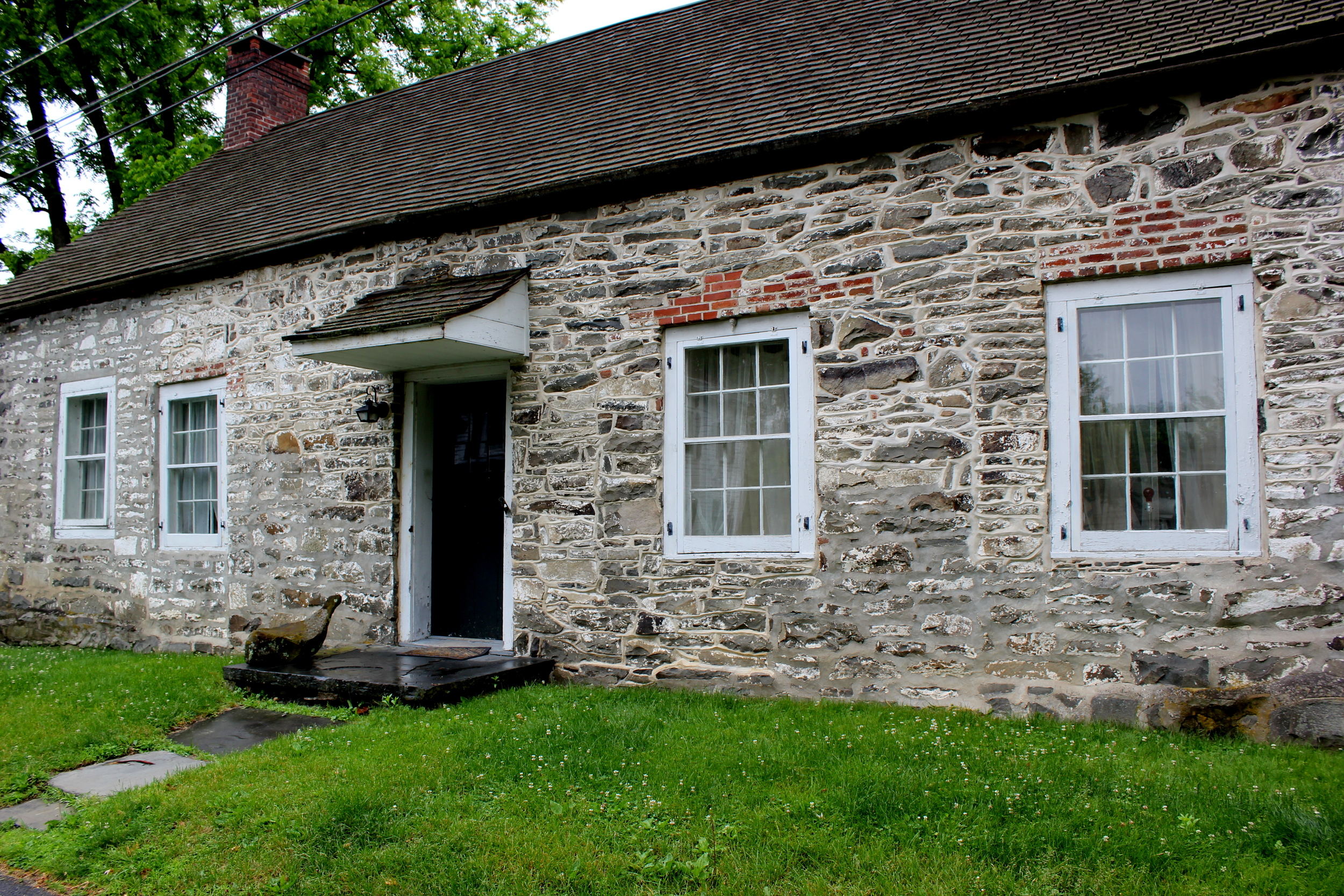Freer-Low Family Association
Hugo Freer
A marriage record from the French Congregation at Mannheim, Germany, for Hugo Freer, the patentee, and his first wife states the following:
Hugues Frere young man native of Herly-en-Boulonois, Marie de la Haye, young woman native of Douaye in the reconquered land, have been married at this Church the 2 October 1660.
The village of Herly is located southeast of the channel of Boulogne in what is today northern France. This area had been part of the “Spanish Lowlands” established by the Peace of Westphalia in 1648. French-speaking Protestants fled from this area, many of them settling in Mannheim in Germany or other parts of the Palatinate region.
Hugues and Marie had two daughters, Marie and Sara, and a son they named Hugues (born July 1, 1666). Soon after, Marie and the two daughters died from the plague, which is said to have wiped out half the congregation in seven months. In 1667, Hugues then married Jannetje Wibau, a widow and native of Bruyelle. Together, Hugues and Jannetje had four children: Abraham and Isaac (born in Mannheim), Jacob, Joseph, Jean, Marie, and Sarah (born in Ulster County, NY).
Hugo, as he is commonly known today, brought his family to the New World in 1675. He settled with his family in what is now known as Hurley, New York, and was reunited with other Huguenot families which he knew in Mannheim.
Jannetje died in 1693 and Hugo died in New Paltz in 1698.
The Freer-Louw House
The Freer-Louw House was constructed 1762-63 by the patentee Hugo Freer’s granddaughter Rebecca (1715-1775) and her husband Johannes M. Louw (1706-1771). Based on tree-ring dating of the beams, the north section of the house was built first, followed about a year later by the addition of the southern half of the house. Prior to the construction of the stone house, the family would have lived in a wood-frame dwelling, no longer in existence on the homestead lot assigned to Hugo as one of the twelve New Paltz patentees when the village was initially laid out in the 1670s.
Located at the northern end of the historic district, the house is a distinct representation of Colonial architecture in Ulster County. In the three centuries since its construction in the mid-18th century, the house has undergone extensive internal renovations in two major phases. While few alterations have been made to the original façade, this story-and-a-half house retains evidence of the original Dutch-style features while uniquely reflecting changes in interior design as influenced by English and then American styles throughout the centuries that ultimately reflect the mid-1940s Colonial Revival period.
The house was acquired by Historic Huguenot Street, with the support of the Freer-Low Family Association, in 1955, and has been maintained with support of Freer family members ever since.
Click here to join the Freer-Low Family Association
Sources
The Freer Family, The Descendants of Hugo Freer, Patentee of New Paltz, Volume II (Freer-Low Family Association, Huguenot Historical Society, New Paltz, NY, 1993).
Historic Structure Report for the Freer-Louw House, New Paltz, Ulster County, New York (Huguenot Historical Society and the Freer-Low Family, 2010).


